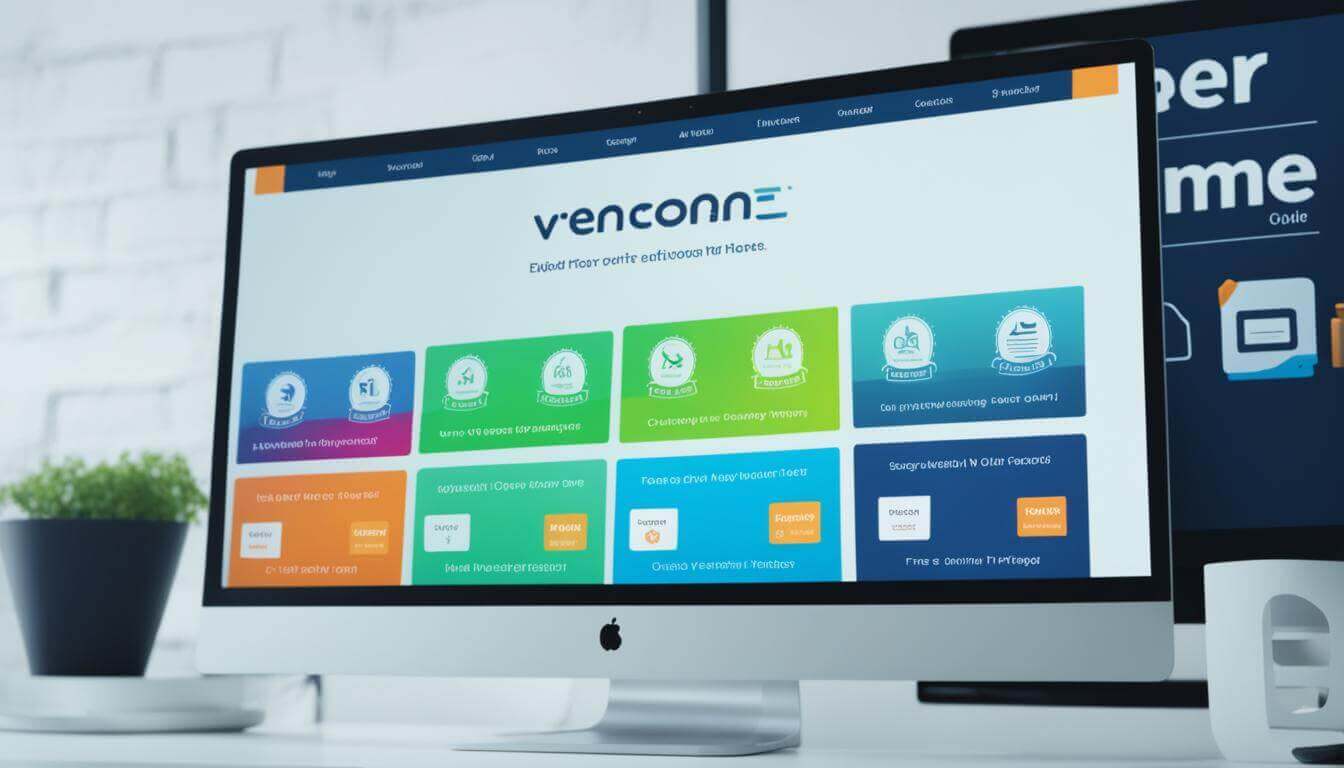In our contemporary digital landscape, cybersecurity has assumed unparalleled importance. Given the relentless proliferation of cyber threats, establishing a robust cybersecurity strategy is no longer an option but a pressing necessity for both individuals and organizations.
According to research, a cyberattack happens every 39 seconds and can have serious consequences for small businesses, large corporations, and individuals.
This article will explore the steps to constructing a cybersecurity strategy that protects your digital assets and information. By following these steps, you’re going to improve your cyber resilience and have peace of mind knowing your data is safe.
Understanding the Threat Landscape
At the outset of constructing a robust cybersecurity strategy, it’s crucial to gain a profound understanding of the ever-evolving threat landscape. With cyber threats in a perpetual state of flux, staying abreast of the latest trends and attack vectors is imperative for effective defense. This encompasses vigilance regarding emerging threats like ransomware, phishing, and malware, as well as industry-specific vulnerabilities.
To bolster this knowledge, consider forging collaborations with cybersecurity experts and organizations; their insights can not only enhance your grasp of the prevailing threat milieu but also guide you in reinforcing security measures.
For instance, if you’re using SAP to streamline your business processes, you need to find a platform that will automate your SAP security processes in order to minimize the risk of errors and mistakes.
Furthermore, considering the critical role SAP plays in many organizations’ operations, it’s beneficial to invest in dedicated SAP security solutions and services. These can provide real-time monitoring, threat detection, and mitigation capabilities tailored to the unique security challenges associated with SAP systems. Collaboration with SAP security experts or third-party consultants can assist in fine-tuning your security strategy, ensuring your critical business data remains protected against the evolving threat landscape.
Identify Your Digital Assets
Safeguarding your digital assets begins with understanding what they encompass. These assets encompass a wide range of elements, including sensitive data, financial records, intellectual property, and customer information, among others.
Initiate the process by creating a comprehensive inventory of all your digital assets, both those residing on-premises and in the cloud. Next, pinpoint the assets with the highest significance—those whose compromise would have the most substantial impact on your organization or personal life.
With this knowledge, you can then direct your cybersecurity efforts more effectively, recognizing that not all assets carry the same level of importance and emphasizing the need for a risk-based approach.
Access Control and Authentication
Access control and authentication stand as pivotal pillars of any cybersecurity strategy. It’s imperative to incorporate robust authentication methods while ensuring that individuals access only the data and systems pertinent to their roles. Introducing multi-factor authentication (MFA) can lend an additional layer of security to your accounts and systems, fortifying your defenses.
Regularly revisiting and adjusting user access permissions in line with the ‘principle of least privilege’ is crucial, as this ensures that users are granted only the bare minimum access required for their tasks, limiting the potential harm stemming from a compromised user account.
Regular Patch Management
One of the common ways cybercriminals exploit vulnerabilities is through outdated software and unpatched systems. To prevent this, establish a robust patch management process. Regularly monitor for software updates and patches released by vendors and apply them promptly.
Automated patch management tools can help streamline this process, ensuring that your systems are up-to-date and less susceptible to known vulnerabilities. Neglecting to update software and systems is akin to leaving your front door unlocked in the world of cybersecurity, making it an easy target for malicious actors.
Employee Training and Awareness
No matter how robust your technical safeguards are, your cybersecurity strategy is only as strong as your weakest link. Oftentimes, this weak link is human error.
Invest in cybersecurity training and awareness initiatives for your employees. Educate them about the latest threats and best practices for secure behavior, both at work and in their personal lives. Teach them to recognize phishing attempts and social engineering tactics, which are prevalent methods used by cybercriminals. Encourage a culture of cybersecurity awareness and emphasize the importance of reporting security incidents promptly. Your employees should be your first line of defense, not a liability.
Bottom Line
Cybersecurity isn’t a one-and-done task but an ongoing commitment that demands perpetual attentiveness. It’s essential to continually assess and adapt your strategy to align with the ever-evolving threat landscape. Partner with cybersecurity experts, participate in threat intelligence networks, and remain current with the latest developments in the field. By following this approach, you can fortify the safeguarding of your digital assets, ensuring the confidentiality, integrity, and availability of your data and systems are maintained.
It’s essential to acknowledge that no organization or individual is impervious to cyber threats. However, with a strong cybersecurity strategy in place, you can curtail risks and alleviate potential harm. The investment in cybersecurity goes beyond finances; it’s an investment in the safety and trustworthiness of your digital realm. Stay proactive, stay informed, and stay secure.









Comments 1
Comments are closed.